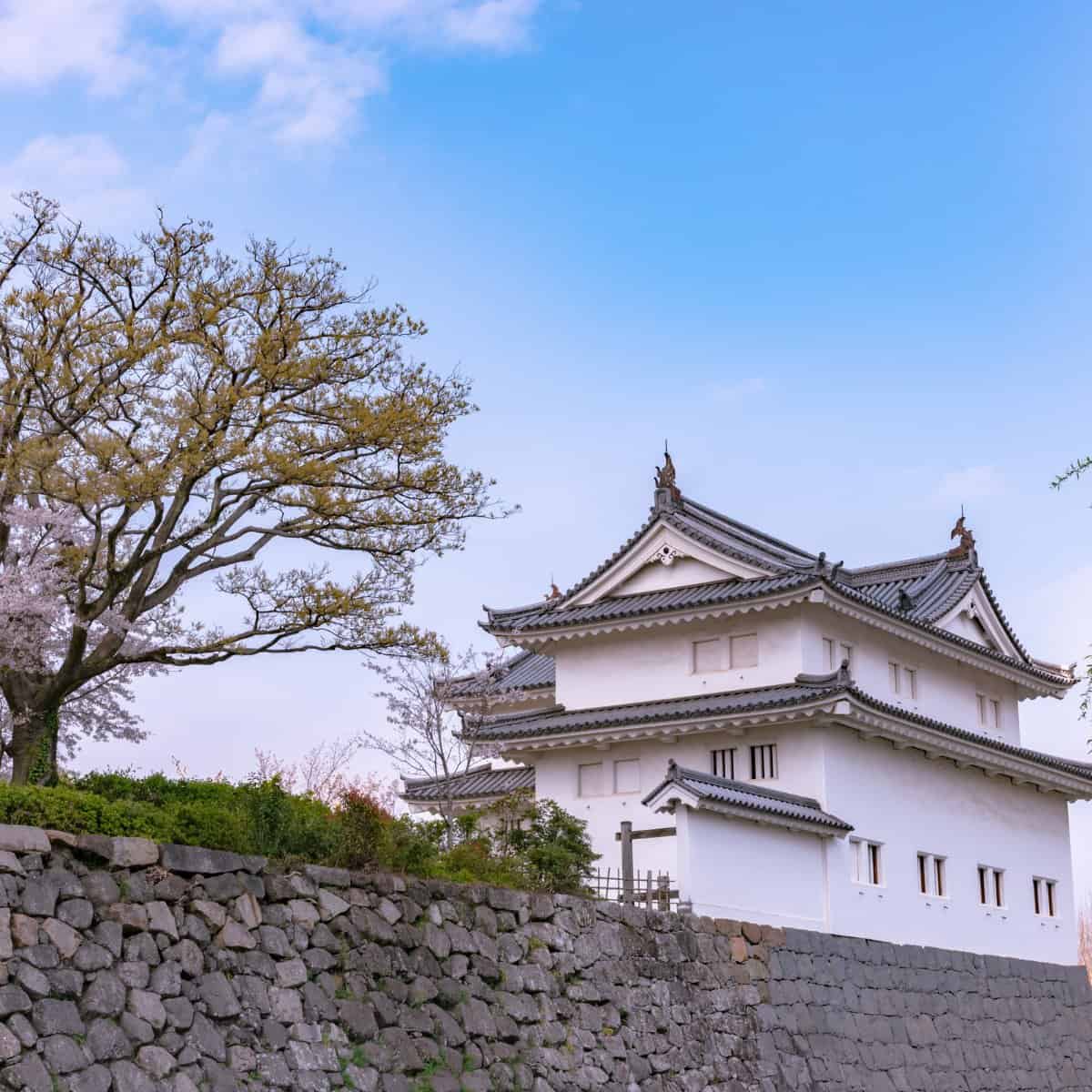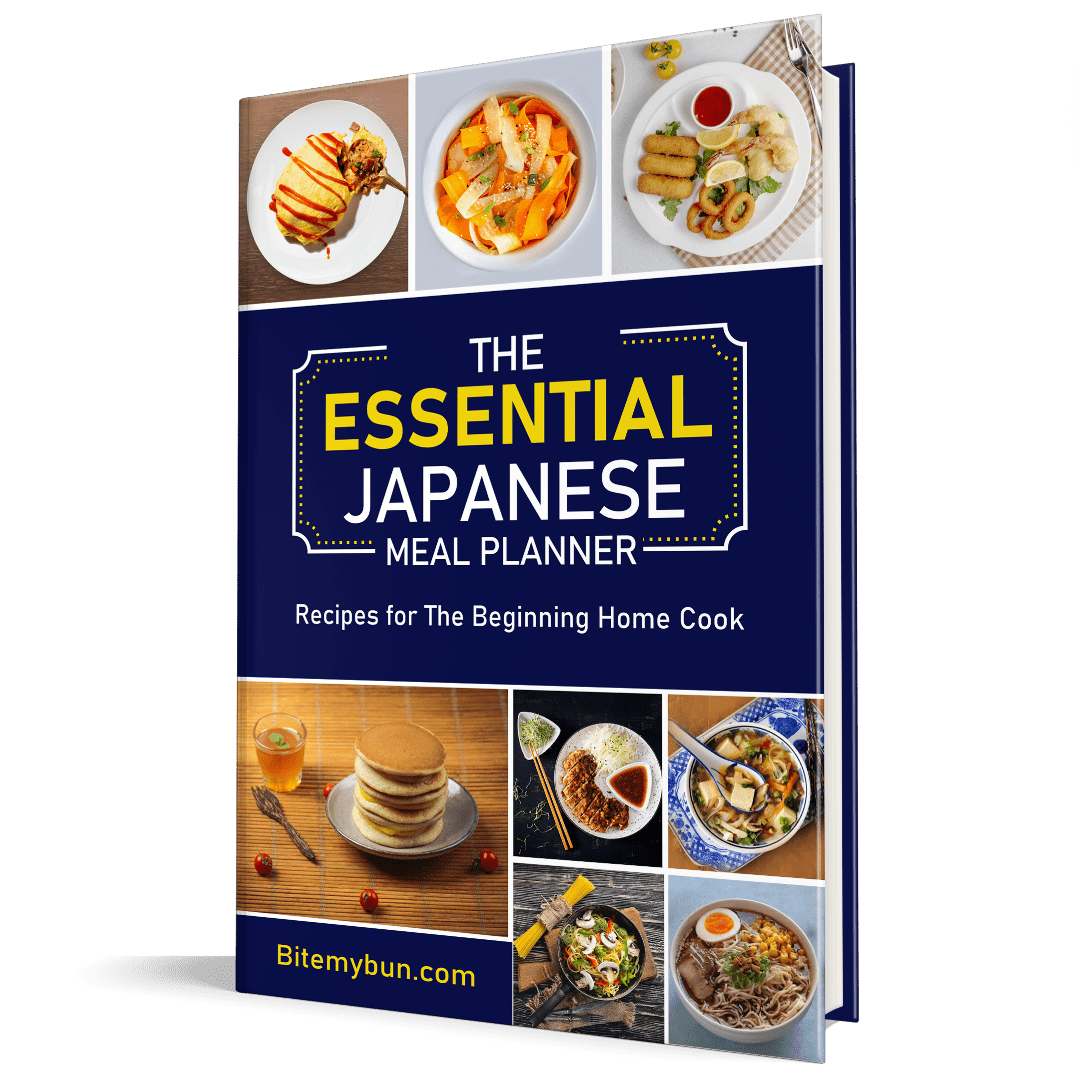Muromachi Period: How it Shaped Japanese Food Culture
The is a division of Japanese history running from approximately 1337 to 1573. The period marks the governance of the Muromachi or Ashikaga shogunate (Muromachi bakufu or Ashikaga bakufu), which was officially established in 1338 by the first Muromachi shogun, Ashikaga Takauji, two years after the brief Kenmu Restoration (1333–36) of imperial rule was brought to a close.
The period ended in 1573 when the 15th and last shogun of this line, Ashikaga Yoshiaki, was driven out of the capital in Kyoto by Oda Nobunaga. From a cultural perspective, the period can be divided into the Kitayama and Higashiyama periods (later 15th – early 16th).
The early years from 1336 to 1392 of the Muromachi period are known as the Nanboku-chō or Northern and Southern Court period. This period is marked by the continued resistance of the supporters of Emperor Go-Daigo, the emperor behind the Kenmu Restoration.
The years from 1465 to the end of the Muromachi period are also known as the Sengoku period or Warring States period.
The Muromachi period was a time of political turmoil, but it was also a cultural flourishing.
Muromachi period food is characterized by delicate natural flavors and an emphasis on fresh ingredients. Cooking methods are simple but careful, and the dishes are arranged and served in a certain way.
Let’s look at the culinary evolution of this period and how it influenced modern Japanese cuisine today.


Check out our new cookbook
Bitemybun's family recipes with complete meal planner and recipe guide.
Try it out for free with Kindle Unlimited:
Read for freeIn this post we'll cover:
The Muromachi Period: A Time of Political Turmoil and Cultural Flourishing
The Muromachi Period is a significant era in Japanese history that began in 1336 and lasted until 1573. It is also known as the Ashikaga period, named after the Ashikaga family who were the shoguns during this time. The period is divided into two stages: the Northern and Southern Courts period and the Muromachi period proper.
The Political System of the Muromachi Period
During the Muromachi period, the shogunal government was nominally in charge, but the daimyo, or feudal lords, ruled their own territories. The shogun’s power was limited, and he had to rely on the support of the daimyo to maintain his position. The daimyo, in turn, built their own clans and military forces, which increased in power and influence over the course of the period.
The Onin War and the Sengoku Period
In the late fifteenth century, the Muromachi period was marked by the Onin War, a conflict between two powerful daimyo that devastated Kyoto and led to the breakdown of the shogunal government. This event marked the beginning of the Sengoku period, a time of internal conflict and increasing power for the daimyo.
Cultural Flourishing During the Muromachi Period
Despite the political turmoil of the Muromachi period, it was also a time of cultural flourishing. The shoguns and daimyo were patrons of the arts, and many important cultural traditions were created during this time, including Noh theater, tea ceremony, and ikebana. The Muromachi period also saw the rise of the powerful merchant class, who tried to prevent the new powerful daimyo from controlling the money.
Discovering the Delights of Muromachi Period Cuisine
During the Muromachi period, which lasted from approximately 1336 to 1573, Japan saw a significant change in its cuisine. The period was marked by the emergence of new dishes and cooking methods, as well as the introduction of new ingredients and spices from other countries. The cuisine of the Muromachi period was characterized by its delicate and natural flavors, as well as its emphasis on fresh ingredients and careful preparation.
Influence on Modern Japanese Cuisine
Many of the dishes and cooking methods that originated in the Muromachi period continue to be popular in Japan today. The emphasis on fresh ingredients, careful preparation, and natural flavors is still an important part of Japanese cuisine. Some of the ways in which Muromachi period cuisine has influenced modern Japanese cuisine include:
- The use of a wide variety of seafood in dishes.
- The importance of carefully arranged dishes and table settings.
- The use of certain ingredients and spices, such as soy sauce and miso paste.
- The preparation of delicate dishes using simple cooking methods.
- The use of a variety of vegetables in dishes.
The Difference in Muromachi Period Cuisine
One of the key differences between Muromachi period cuisine and modern Japanese cuisine is the way in which meals were eaten. During the Muromachi period, meals were often served in a set order, with each dish carefully arranged and served according to certain rules. This was in contrast to the more casual way in which meals are eaten in modern Japan.
Another difference is the way in which dishes were prepared. During the Muromachi period, dishes were often cooked using traditional methods, such as grilling or boiling. Today, more modern cooking techniques are used, such as deep-frying and stir-frying.
The Culinary Evolution of Muromachi Period: A Journey Through Time
During the Muromachi period, the Bakufu, a military government, began to gain power in Japan. This era marked the beginning of a significant shift in Japanese culture, including the development of Japanese cuisine. The Bakufu’s rise to power brought about a new era of culinary techniques and practices that were unique to Japan.
The Primary Elements of Muromachi Cuisine
The Muromachi period saw the emergence of new cooking techniques and the transmission of technical knowledge from generation to generation. The cuisine of this period consisted of a vast array of dishes, with rice being the primary staple. The dishes were classified into different types, each with its own unique set of ingredients and preparation methods. Some of the primary elements of Muromachi cuisine include:
- Sweet dishes were served as a course during lunch.
- The use of a large variety of vegetables and seafood.
- The creation of unique dishes named after the area they were from.
- The drawing of differences between the diets of the powerful and the common people.
- The use of simple cooking techniques to create powerful flavors.
Conclusion
The muromachi period was a time of political turmoil, but also of cultural flourishing. The cuisine of this period has influenced the way we eat today, with a focus on fresh ingredients and careful preparation. So, don’t be afraid to try something new! You might just discover your new favorite dish!
